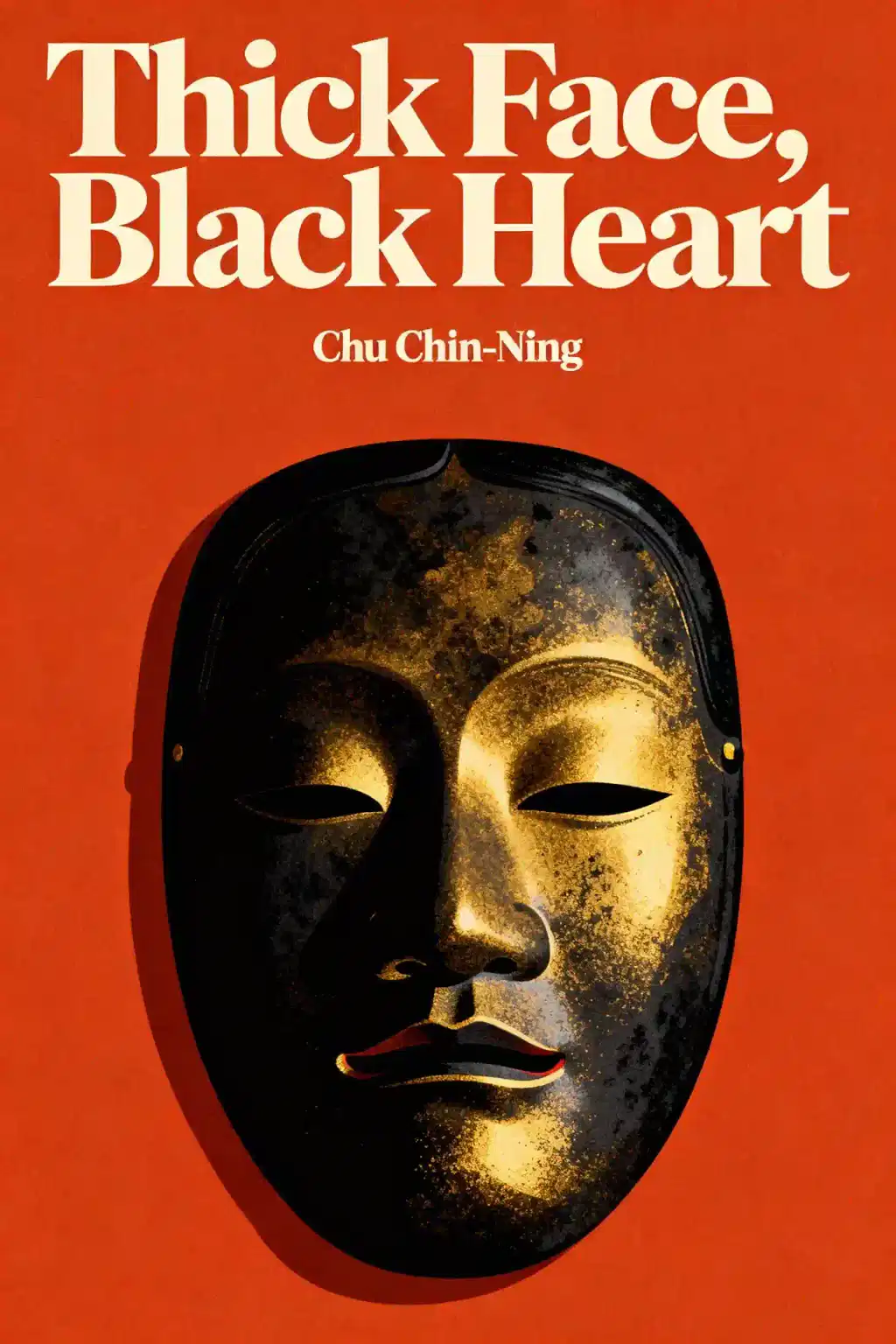What is
Battle Hymn of the Tiger Mother about?
Battle Hymn of the Tiger Mother is Amy Chua’s 2011 memoir exploring her experience raising two daughters using strict, high-expectation parenting methods rooted in her Chinese cultural heritage. It contrasts “Chinese” and “Western” parenting philosophies, detailing Chua’s emphasis on academic excellence, music mastery, and discipline—including controversial tactics like banning sleepovers and demanding hours of daily practice.
Who should read
Battle Hymn of the Tiger Mother?
Parents interested in cultural parenting styles, readers exploring identity in multicultural families, and those seeking provocative memoirs on education and ambition. It resonates with anyone debating rigor vs. creativity in child-rearing or navigating cross-cultural expectations.
Is
Battle Hymn of the Tiger Mother worth reading?
Yes, for its candid exploration of parental pressure and cultural values. While polarizing, it sparks reflection on success, autonomy, and familial bonds. Chua’s self-aware storytelling and humor make it a compelling read, though critics argue it oversimplifies cultural stereotypes.
What are the main ideas in
Battle Hymn of the Tiger Mother?
- Strict Discipline: Prioritizing hard work over innate talent.
- Cultural Expectations: Contrasting Eastern emphasis on obedience with Western focus on self-esteem.
- Parental Sacrifice: Chua’s relentless efforts to “prepare” her children for future success.
- Adaptation: Chua’s eventual shift toward flexibility with her rebellious younger daughter.
What is the “Little White Donkey” anecdote?
A viral example of Chua’s extreme methods: she threatens to donate her daughter’s toys unless Lulu masters a complex piano piece, denying breaks for hours. The story symbolizes the book’s themes of perseverance and parenting extremes.
What criticisms does
Battle Hymn of the Tiger Mother face?
Critics argue Chua’s approach risks emotional harm, undermines child autonomy, and perpetuates reductive cultural binaries. Some view her anecdotes as glorifying authoritarianism, while others appreciate her honesty about the struggles of high-stakes parenting.
How does Amy Chua define a “Tiger Mother”?
A parent who enforces rigorous academic/artistic standards, rejects mediocrity, and prioritizes lifelong resilience over short-term happiness. Chua links this to her belief that children thrive under high expectations.
How does
Battle Hymn of the Tiger Mother address cultural identity?
Chua grapples with balancing her Chinese heritage with her daughters’ American upbringing, highlighting tensions between assimilation and tradition. The memoir reflects broader debates about immigrant parenting and cultural values in a globalized world.
What lessons does Chua learn by the book’s end?
She adapts her methods after clashes with her younger daughter, acknowledging that inflexibility can backfire. While still valuing discipline, she embraces allowing children to pursue their passions—a compromise between “Chinese” and “Western” approaches.
How does
Battle Hymn of the Tiger Mother compare Chinese and Western parenting?
Chua portrays “Chinese” parenting as structured and sacrifice-driven, focusing on mastery, while “Western” styles prioritize individuality and emotional well-being. The book critiques permissiveness but also acknowledges the toll of relentless pressure.
Why did
Battle Hymn of the Tiger Mother spark global debate?
Its provocative anecdotes (e.g., banning playdates, insulting children) and Chua’s claim that “Chinese mothers are superior” ignited discussions about cultural relativism, child psychology, and the ethics of parental ambition.
What impact did
Battle Hymn of the Tiger Mother have on parenting discussions?
It popularized the term “tiger parenting” and influenced debates about academic pressure, resilience-building, and cultural norms. The book remains a reference point in discussions about achievement-oriented upbringing.














